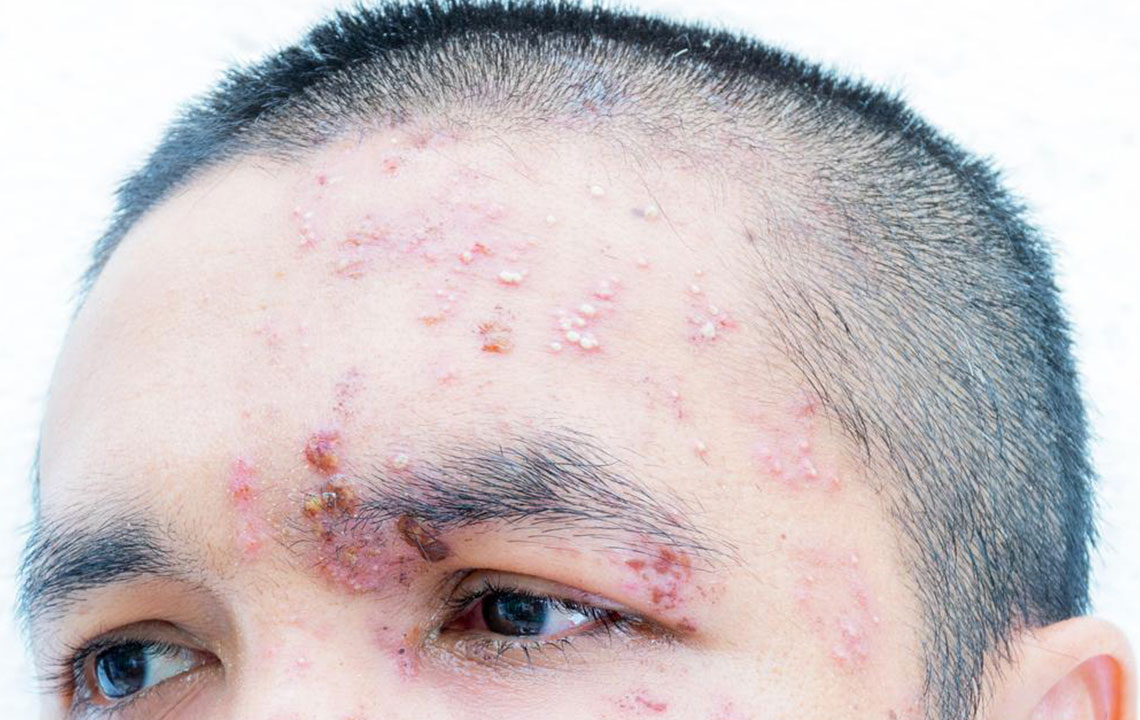Causes and Treatments for Nerve Pain from Shingles

Shingle is a viral infection that affects the nerve roots of at least 1 million people each year in the USA. Though most of them recover from the attack, the pain remains for at least 50% people over the age of 60 years who have not got the treatment. The pain can last for weeks, months, years and even a lifetime.
This symptom is known as PHN or postherpetic neuralgia. Here the nerves of the skin have been damaged by the virus that caused shingles in the first place. While for some, the pain remains mild, but for other people, even the slightest breeze or touch from clothing can cause excruciating pain.
PHN brings with it a great deal of agony and that too at high social costs. The condition can severely disturb people’s life. However, this condition can be prevented and treated too. Doctors are also making case studies about those who are more prone to developing this unbearable condition.
Information about Shingles and Postherpetic Neuralgia
Varicella-zoster virus is the reason behind shingles. The same virus is responsible for causing chicken pox. People who had suffered from chickenpox or had its vaccine are not free from the virus as it never goes away. It lies latent in the nerves of the body.
Though in most cases, it remains that way but in some people, especially those with weakened immune system due to some disease or treatment, the virus can come back. This is most likely to occur years and even decades after the person suffered from chickenpox.
When the virus comes back, it causes shingles, which is a kind of rash that looks like a band appearing on one side of the body. Early symptoms of shingles include:
- Light sensitivity
- Headache
- Flu-like symptoms
The next symptoms include tingling, itching, and extreme pain within the developing area of the shingles. Patients suffer from various degrees of pain from moderate to severe.
Are shingles contagious?
People who never had chickenpox can get the condition from you, but the shingles are not contagious itself.
Experts do not understand why some people would continue to have pain and some other do not. If somebody suffers from the pain for about three months after the rash has disappeared, he has got the condition known as PHN. The pain will subside for some, and there shall be others for whom the pain would not stop. Doctors say that if anybody continues to have the pain even after a year of shingles appearance, he is unlikely to get rid of the same.
Risk Factors
Older people who have had suffered from shingles recently are more susceptible to develop PHN. There are some other risk factors as well that accentuate the condition in people in alliance with shingles. People who are at risk of getting PHN include those who are female had a severe rash, severe pain during the onset of the disease and had symptoms before the rash surfaced like tingling, numbness, pain or itching. Those who have had most of the things mentioned above are extremely likely to get PHN as well.
The Emotional Toll
It is not only neurological or biological risks that cause PHN in a person who recently had shingles. People who have had psychological issues such as hypochondria, personality disorders, intense stress about their disease and other physical complaints are also at risk of getting PHN. This is not something new as there are studies to prove that stress resulted in shingles before as well. There is a solid bond between the two.
It was also found out in a study that people who were staying alone developed PHN after shingles than people who were living with friends or family. This indicates that social isolation triggers PHN.
Preventing Nerve Pain
One must be worried about getting PHN if he or she is suffering from shingles. However, one need not worry as there are medications that lower the risks of diagnosed with the same. One must always consult a general physician or specialist who would provide the right medications.
Clinical trials have shown that people over the age of 50 years could cut the pain in half at six months of using the medications. The best part is that they do not have any dangerous side-effects. These medications are mainly meant for people who are at high risk of developing PHN since it is better for them to go with preventive medications.
Get Treatment and Take Action
If one experiences symptoms of shingles, it is important to consult the physician right away so that necessary treatment can be planned. Moreover, the doctor would provide one with preventive treatment for PHN as well.


